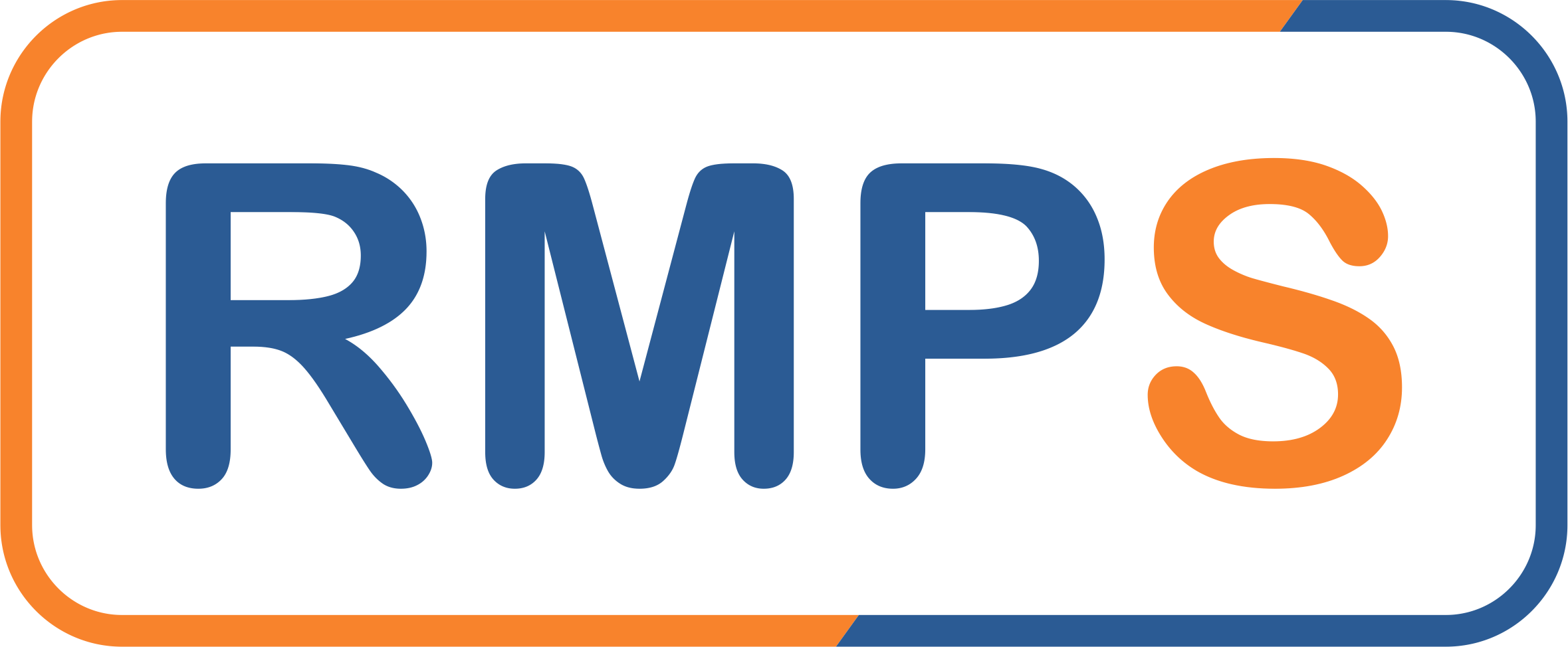
Financial forecasting is a vital aspect of business planning, allowing businesses to anticipate future financial performance and make informed decisions. Whether you’re an entrepreneur, a small business owner, or a corporate executive, understanding it can drive your business towards growth and success. In this blog, we’ll explore some essential tools and techniques for effective financial forecasting that are easy to understand and implement.
What is Financial Forecasting?
Financial forecasting involves predicting a company’s future financial performance based on historical data, market trends, and economic conditions. It helps businesses plan their finances, allocate resources efficiently, and set realistic goals.
Why is Financial Forecasting Important?
Informed Decision-Making: Financial forecasts provide insights into potential future scenarios, helping businesses make informed decisions regarding investments, expansions, and cost-cutting measures.
Resource Allocation: Accurate forecasting enables businesses to allocate resources such as capital and labor more efficiently.
Risk Management: By predicting future financial performance, businesses can identify potential risks and develop strategies to mitigate them.
Investor Confidence: Investors and stakeholders are more likely to invest in a business with a clear financial forecast, as it demonstrates foresight and planning.
Essential Tools for Financial Forecasting
Spreadsheets: Spreadsheets are a versatile and widely used tool for financial forecasting. Programs like Microsoft Excel and Google Sheets allow businesses to create detailed financial models, track historical data, and project future performance. They are easy to use and highly customizable.
Financial Software: Dedicated financial forecasting software, such as QuickBooks, Xero, or FreshBooks, offers advanced features. These tools integrate with other business systems, providing real-time data and analytics to enhance accuracy.
ERP Systems: Enterprise Resource Planning (ERP) systems like SAP and Oracle provide comprehensive solutions for financial forecasting. They integrate various business processes, offering a holistic view of the company’s financial health.
Effective Techniques for Financial Forecasting
Historical Data Analysis: Analyzing past financial data is the foundation of accurate forecasting. By examining trends and patterns in historical data, businesses can identify factors that influenced past performance and predict how these factors might affect future outcomes.
Trend Analysis: Trend analysis involves studying market trends and economic indicators to forecast future financial performance. This technique helps businesses anticipate changes in demand, pricing, and competition, enabling proactive decision-making.
Scenario Planning: Scenario planning involves creating multiple financial scenarios based on different assumptions. By considering best-case, worst-case, and most likely scenarios, businesses can prepare for various outcomes and develop flexible strategies.
Rolling Forecasts: Rolling forecasts are updated regularly, typically monthly or quarterly, to reflect changes in the business environment. This technique ensures that forecasts remain relevant and accurate, allowing businesses to adapt quickly to new information.
Cash Flow Forecasting: Cash flow forecasting predicts the inflow and outflow of cash over a specific period. It helps businesses manage liquidity, ensuring they have sufficient funds to meet their obligations and invest in growth opportunities.
Conclusion
Financial forecasting is an essential practice for any business aiming for growth and success. By leveraging tools like spreadsheets, financial software, and ERP systems, and employing techniques such as historical data analysis, trend analysis, and scenario planning, businesses can create accurate and actionable financial forecasts. Remember to involve key stakeholders, use realistic assumptions, and regularly review and update your forecasts to stay on track. With effective financial forecasting, your business can navigate uncertainties, seize opportunities, and achieve sustainable growth.
LinkedIn Link : RMPS Profile
This article is only a knowledge-sharing initiative and is based on the Relevant Provisions as applicable and as per the information existing at the time of the preparation. In no event, RMPS & Co. or the Author or any other persons be liable for any direct and indirect result from this Article or any inadvertent omission of the provisions, update, etc if any.
Published on: June 25, 2024
